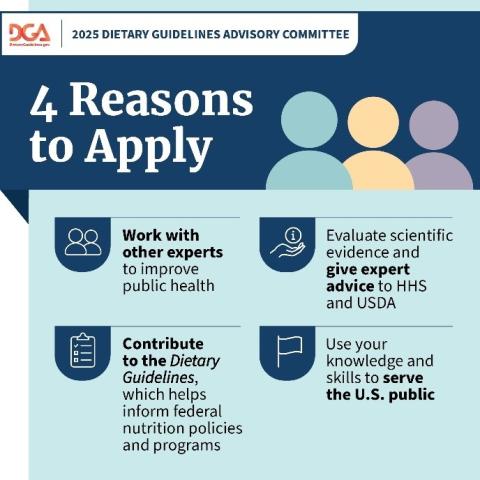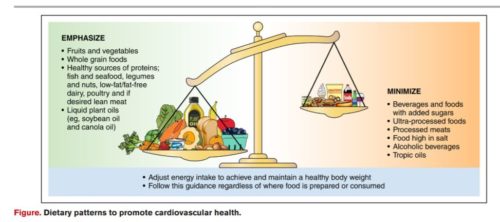Oh no not again. The 2025-2030 Dietary Guidelines process begins
USDA announced the members of the new 2025 Dietary Guidelines Advisory Committee last week.
It also set up the places where you can:
- Provide public comments.
- Attend virtual Committee meetings.
- Sign up for regular updates to stay informed on each step of the process.
- Visit DietaryGuidelines.gov to stay updated.
Why my “oh no not again?”
I was on the Advisory Committee for the 1995 Guidelines, have followed them closely since 1980, and have written about them repeatedly in Food Politics but also more recently on this site.
- Reason #1. They don’t change enough from one edition to another to have to go through all this fuss. The 1980 Guidelines said eat more vegetables and fruit; balance calories; and eat less saturated fat, salt, and sugar. As did the current Guidelines. Want to make a bet? The new ones will too.
- Reason #2: The committee no longer gets to do much. When I was on the committee, we chose the research questions, reviewed the research on them, and wrote the Dietary Guidelines. We did it all. This committee will only review the research. The agencies have already chosen the research questions (as I explained previously). The agencies will write the guidelines.
- Reason #3: The Dietary Guidelines get longer, more complicated, and more obfuscating every year. The original ones came as a 24-page small pamphlet. They’ve been expanding ever since. The most recent is 149 pages online.
- Reason #4: What they say has to be a result of political compromise. The last time USDA was in charge, Congress instructed the Secretary not to allow any discussion of diet and sustainability. As if it didn’t matter.
Well, here we go again. Let’s wish the committee the best of success. Here’s its chance to say something about ultraprocessed foods (not mentioned in the current version), clarify the meat situation, insist on taking environmental issues and sustainability into consideration, and giving clear, unambiguous advice about diet and health. Enjoy!
More Dietary Guidelines resources:
- The history of the Dietary Guidelines is here.
- Previous Editions of the Dietary Guidelines are here.
- How they are developed is here.
- Online historical documents related to the Guidelines are here.
********
For 30% off, go to www.ucpress.edu/9780520384156. Use code 21W2240 at checkout.






